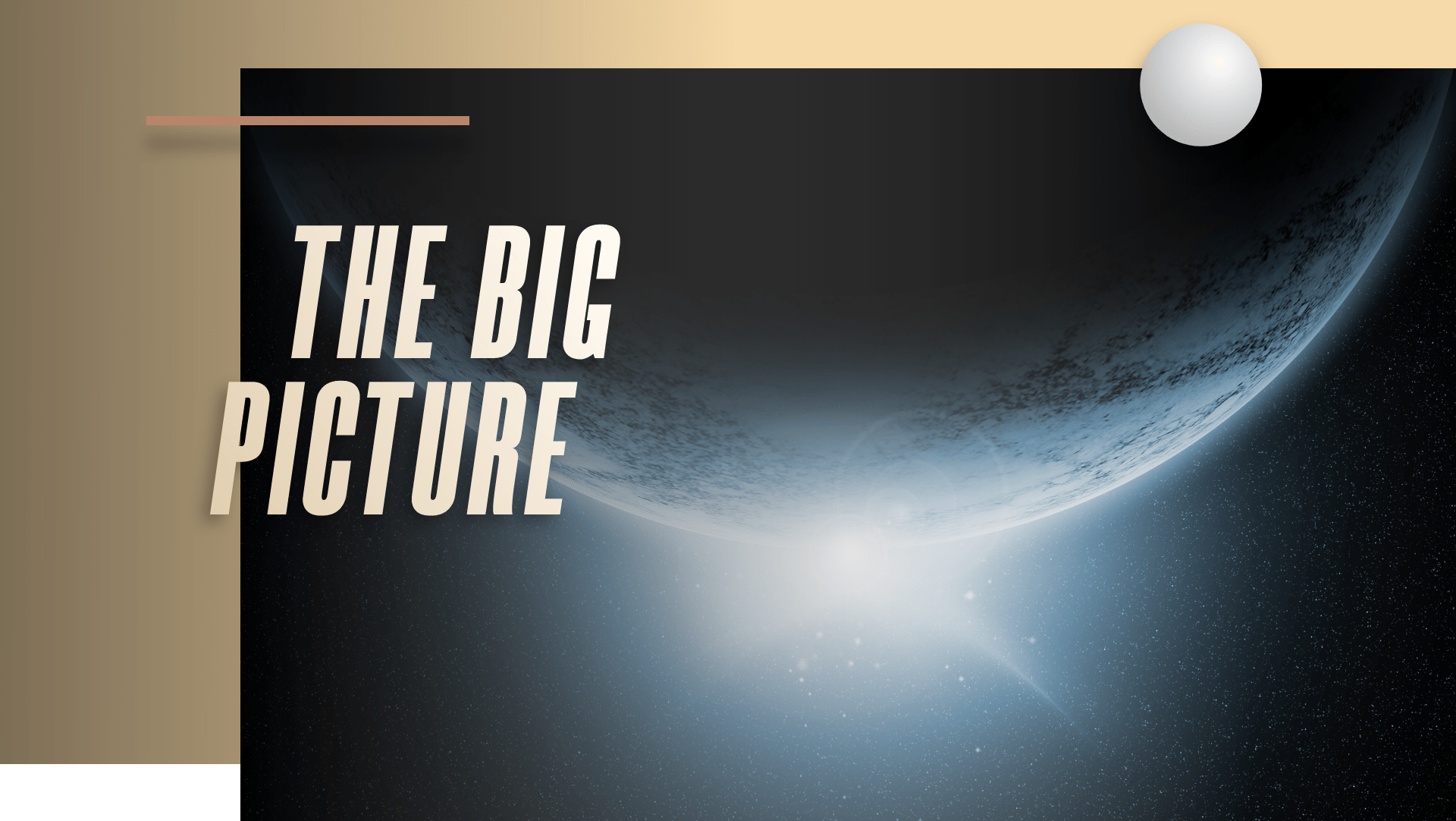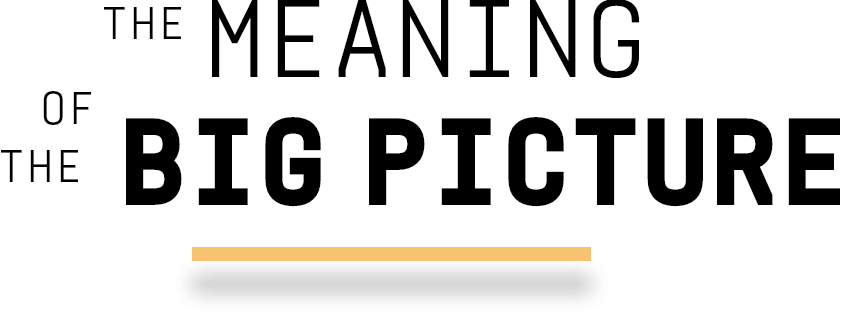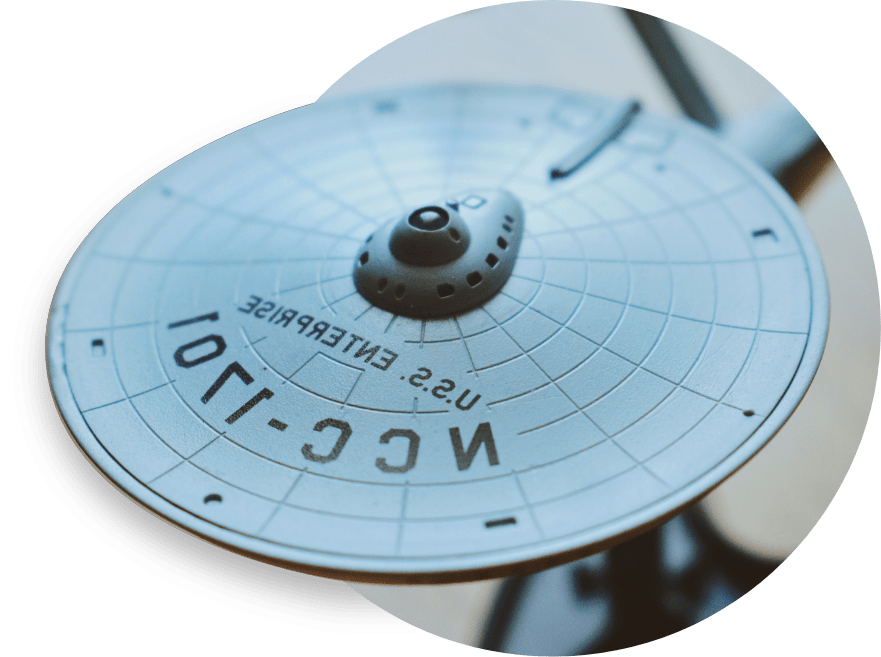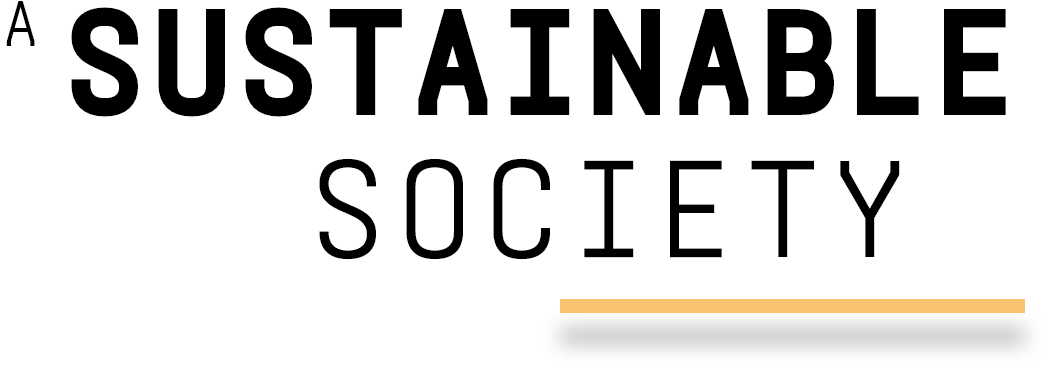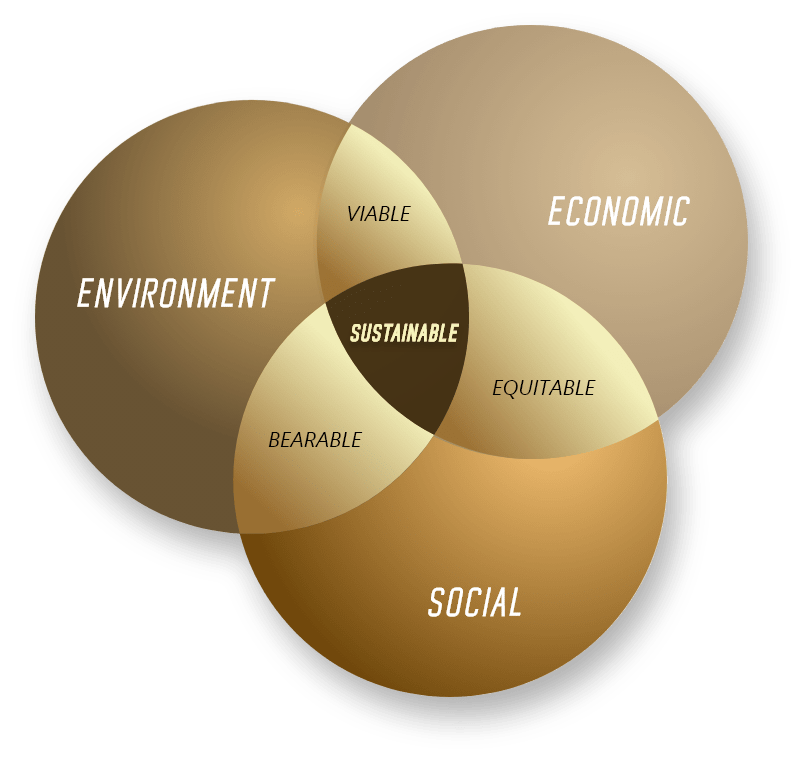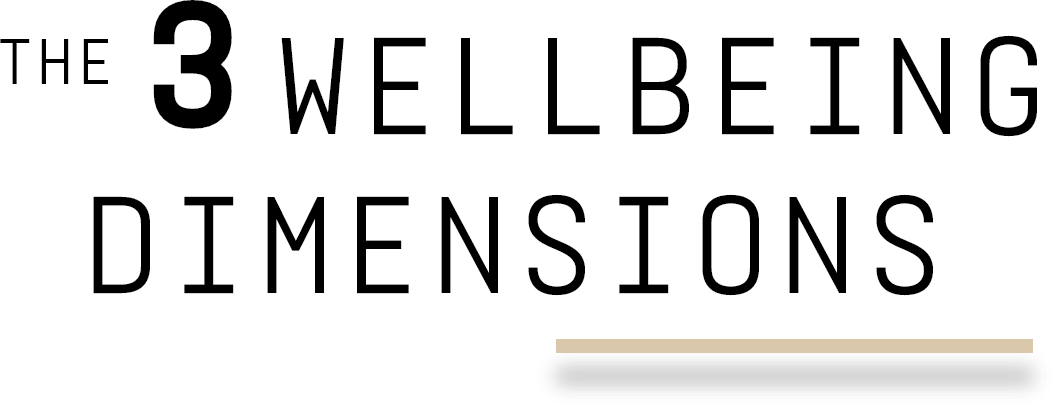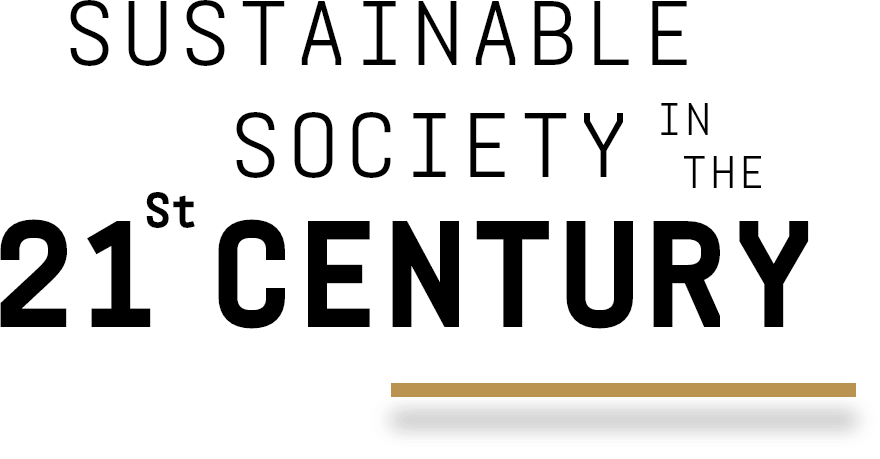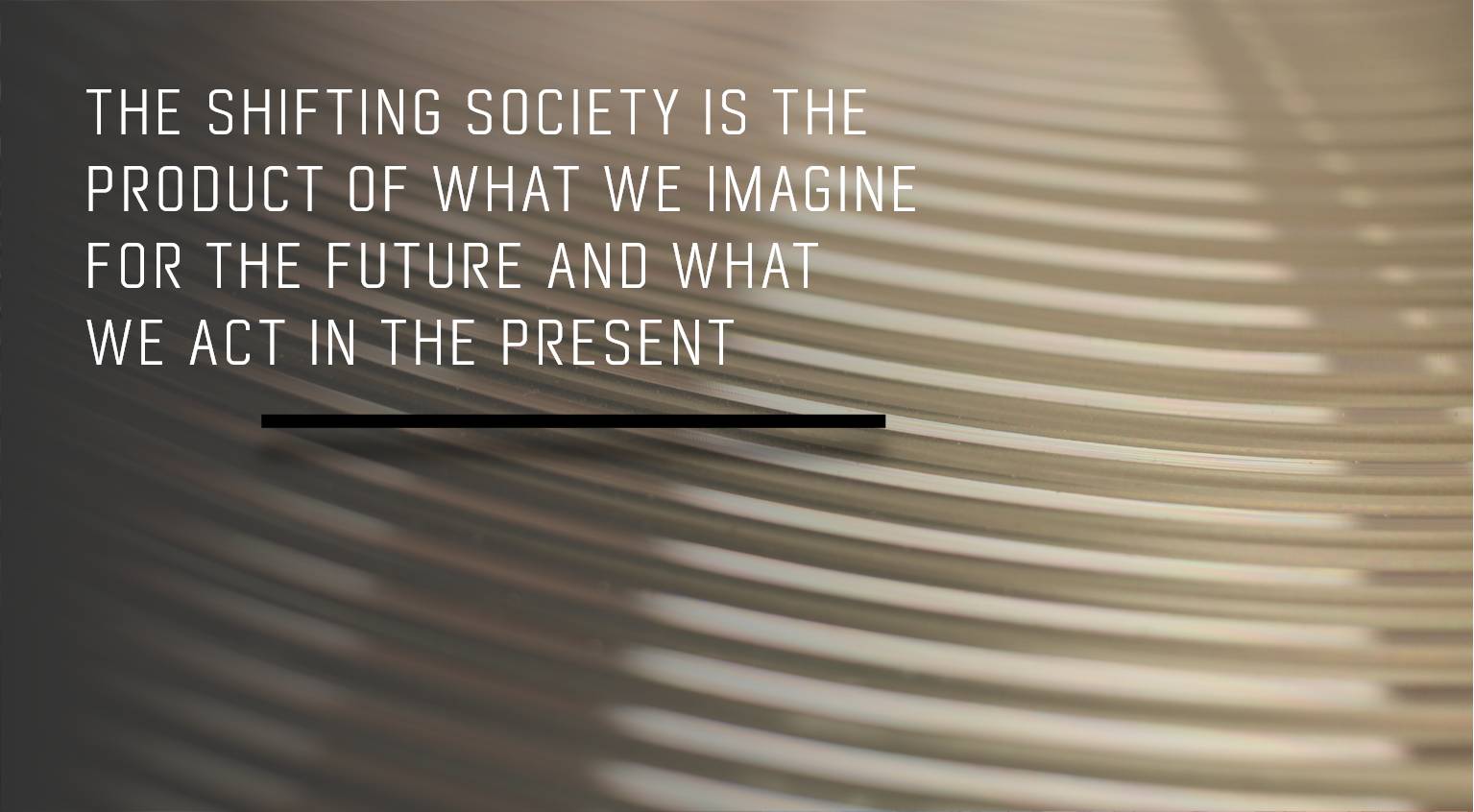Understanding the big picture of our surroundings is becoming increasingly important. In fact, being able to see the big picture clearly gives people a true power to act for better change.
The overall vision mentality outlines the context in which people operate and allows them to uphold the decisive values for our society.
The greater the definition of the overall vision, the greater the connection with those around us and with whom we share the business, and the less likely they are to encounter a dynamic “we against them”.
In everyday reality this story means that if an individual can understand his role in the realization of any endeavour, this allows him to act proactively rather than simply carrying out his task.
In short, whenever we have a clear view of the big picture, as well as a big picture mindset, our ability to add value increases exponentially.

